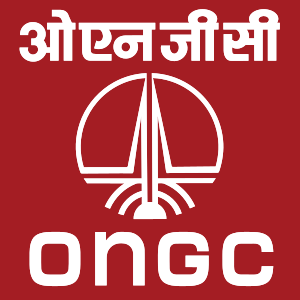Prime Minister Narendra Modi launched the first ever 'India gold coin' bearing Ashok Chakra and other three gold related schemes on Thursday.
The other two are Gold Monetisation Scheme (GMS) and Gold Sovereign Bond Scheme.
The gold monetisation scheme is to encourage households and others to bring out their gold from lockers and the convert them into a deposit scheme that will generate them a modest tax-free income. The scheme allows households to bring their gold, especially jewellery that lies locked up in safes at home and banks, to be purity tested, melted and deposited at purity testing centres and in lieu take a certificate with details of gold deposited that can be used to open a fixed deposit-like gold saving account with a bank.
Some of the gold received under the scheme would be loaned to jewellers, thereby reducing the need to import gold to meet the demand for jewellery.
India has only traces of gold deposits, and there is almost no mining of gold that takes place in the country. So, India is highly dependent on imports. Gold is the second largest item of import by value. In 2014-15, India imported gold worth $34 billion.
Indian households held more than 22,000 tonnes of gold, a World Gold Council and FICCI study in December 2014 estimated. India has official gold reserves of 557 tones vs US 8100 tones but India's population has about 20,000 tones. India's temple gold, estimated at about 3,000 tonnes, more than two thirds of the gold held in the U.S bullion depository at Fort Knox, Kentucky, to help tackle India's chronic trade imbalance.
In 2014-15, for instance, India exported goods worth $310 billion, but imported goods worth $448 billion, resulting in a trade deficit of $138 billion. If the import of gold had been much lower than $34 billion, the trade deficit too would have been narrower.
Ref:
The other two are Gold Monetisation Scheme (GMS) and Gold Sovereign Bond Scheme.
The gold monetisation scheme is to encourage households and others to bring out their gold from lockers and the convert them into a deposit scheme that will generate them a modest tax-free income. The scheme allows households to bring their gold, especially jewellery that lies locked up in safes at home and banks, to be purity tested, melted and deposited at purity testing centres and in lieu take a certificate with details of gold deposited that can be used to open a fixed deposit-like gold saving account with a bank.
Some of the gold received under the scheme would be loaned to jewellers, thereby reducing the need to import gold to meet the demand for jewellery.
India has only traces of gold deposits, and there is almost no mining of gold that takes place in the country. So, India is highly dependent on imports. Gold is the second largest item of import by value. In 2014-15, India imported gold worth $34 billion.
Indian households held more than 22,000 tonnes of gold, a World Gold Council and FICCI study in December 2014 estimated. India has official gold reserves of 557 tones vs US 8100 tones but India's population has about 20,000 tones. India's temple gold, estimated at about 3,000 tonnes, more than two thirds of the gold held in the U.S bullion depository at Fort Knox, Kentucky, to help tackle India's chronic trade imbalance.
In 2014-15, for instance, India exported goods worth $310 billion, but imported goods worth $448 billion, resulting in a trade deficit of $138 billion. If the import of gold had been much lower than $34 billion, the trade deficit too would have been narrower.
Ref:
- http://profit.ndtv.com/news/your-money/article-pm-to-launch-india-gold-coin-other-schemes-on-november-5-1239734
- http://www.dailyo.in/business/modi-government-gold-monetisation-import-ministry-of-finance/story/1/3838.html
- http://www.dailymail.co.uk/wires/reuters/article-3032750/Indias-rich-temples-open-gold-vaults-PM-Modi.html


















0 comments :
Post a Comment